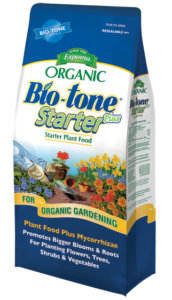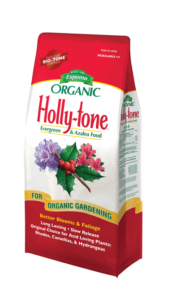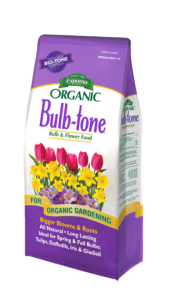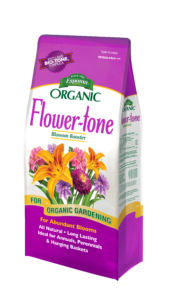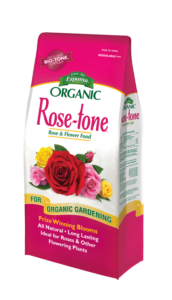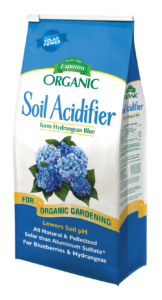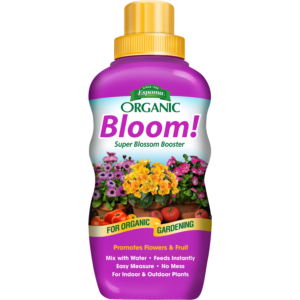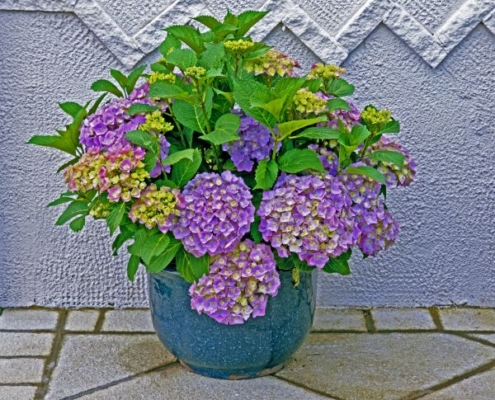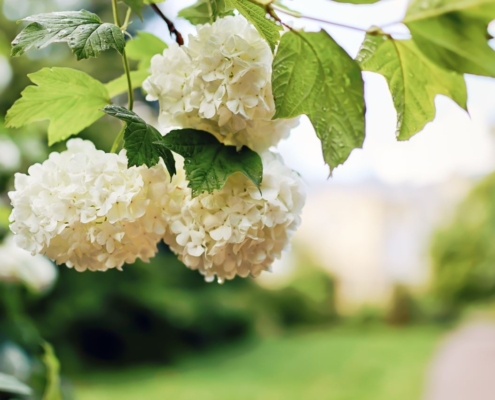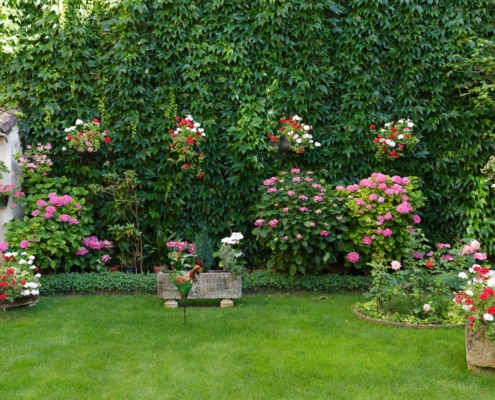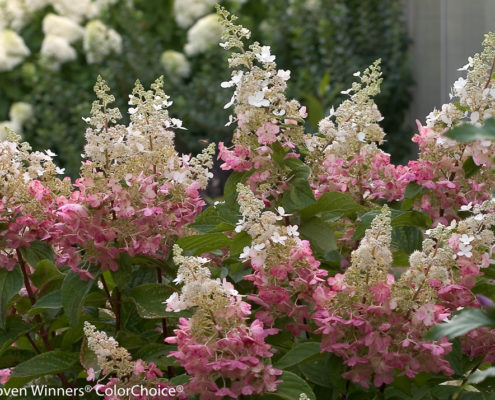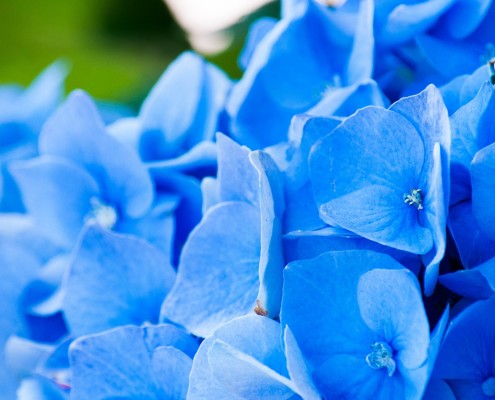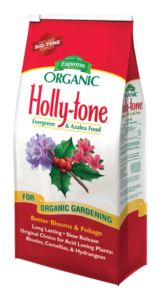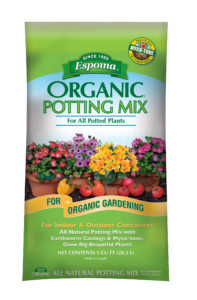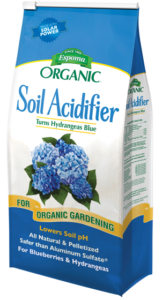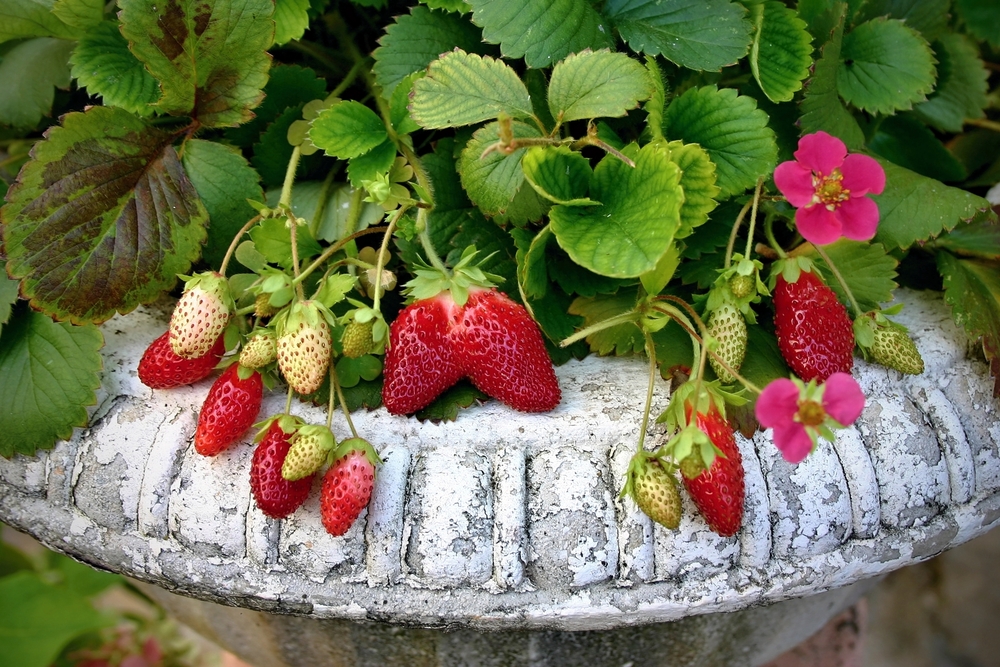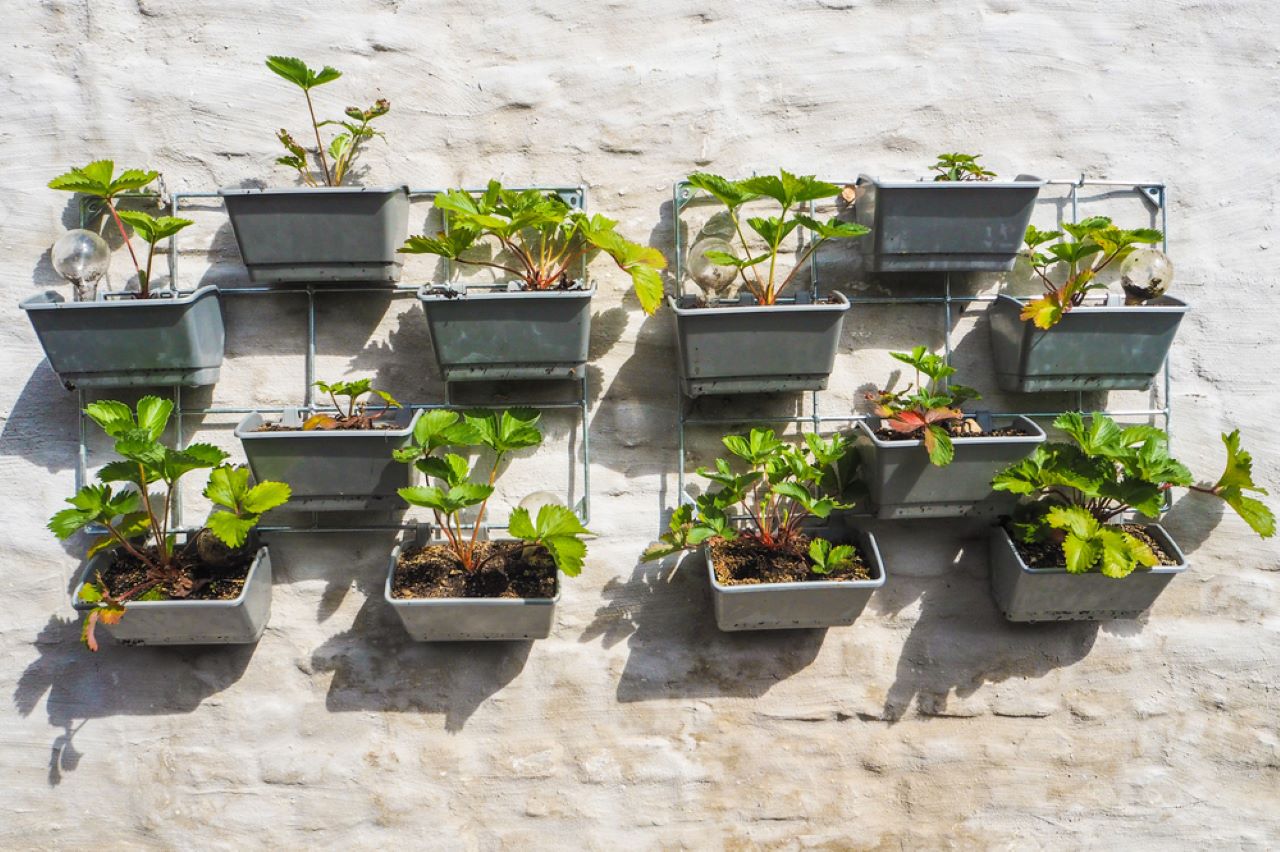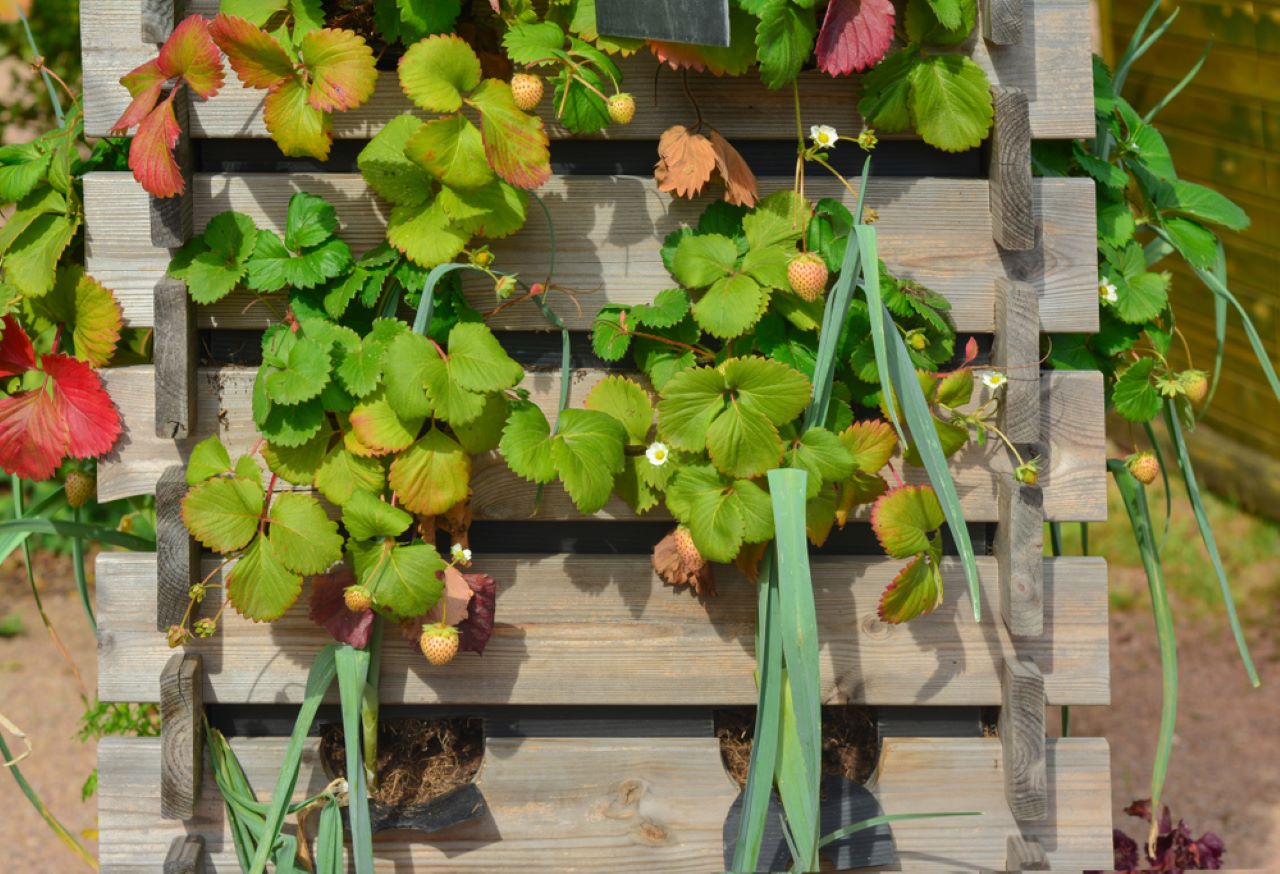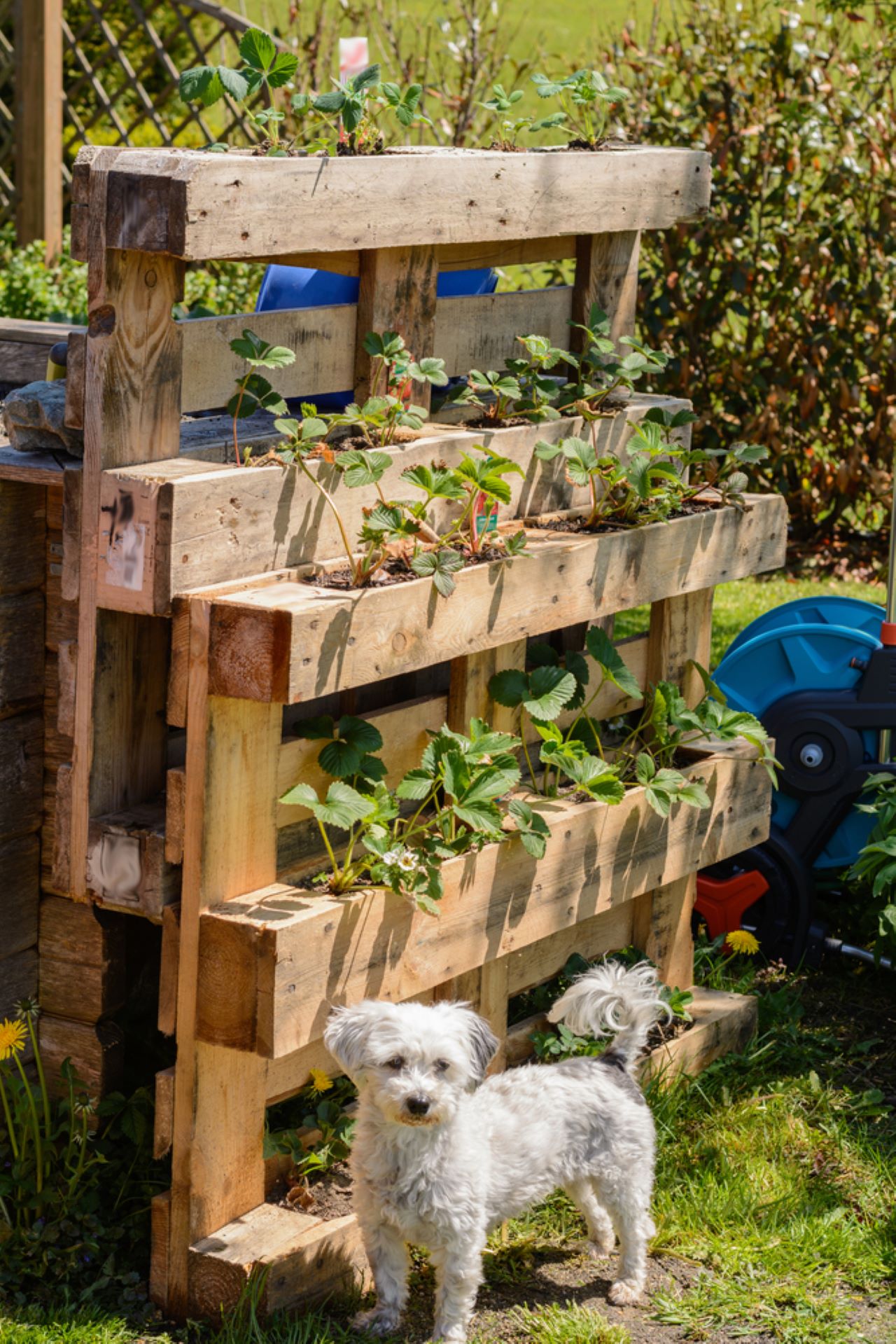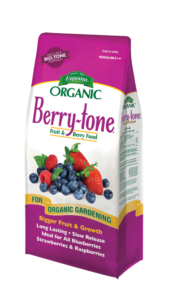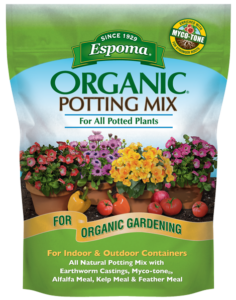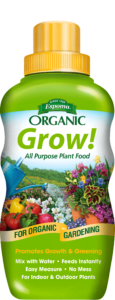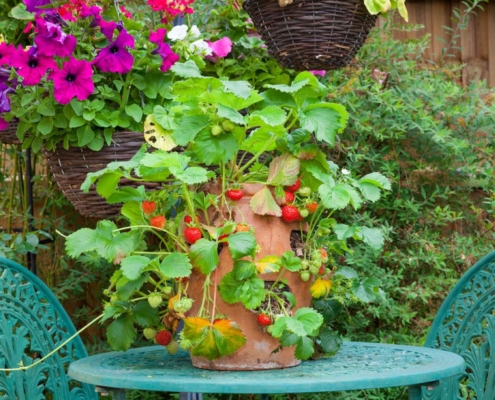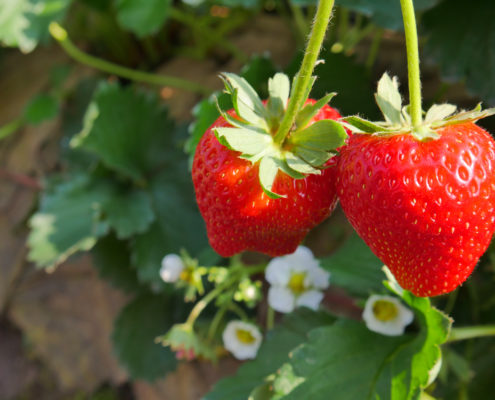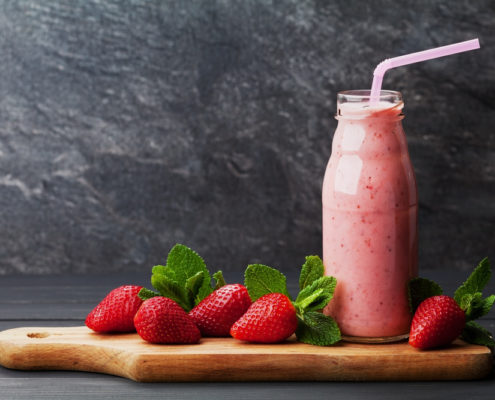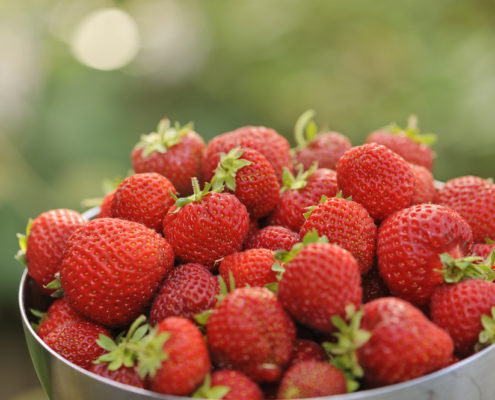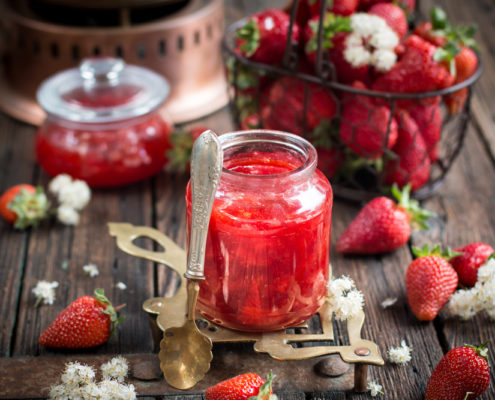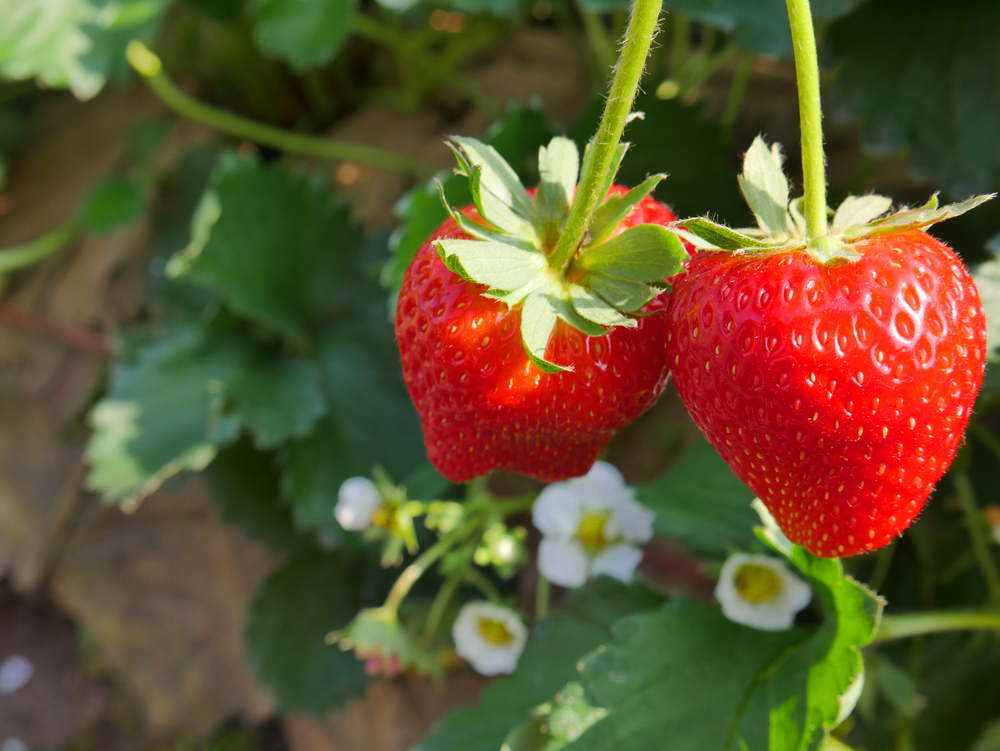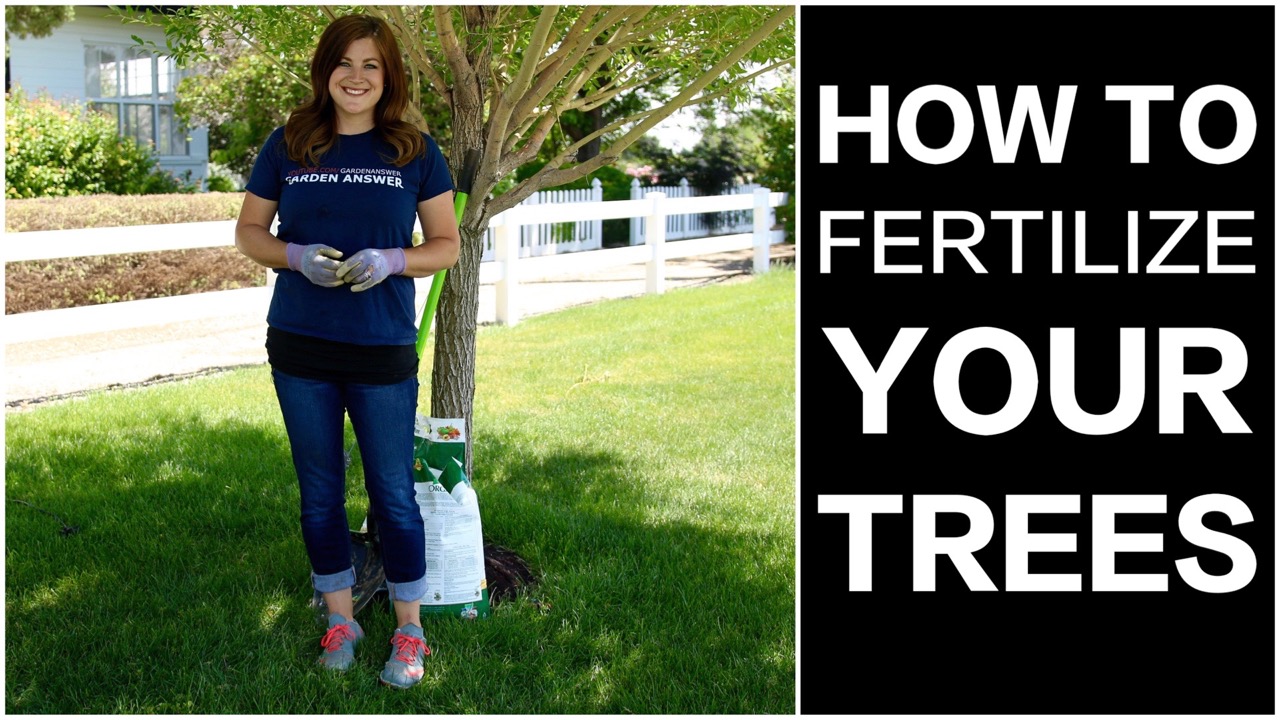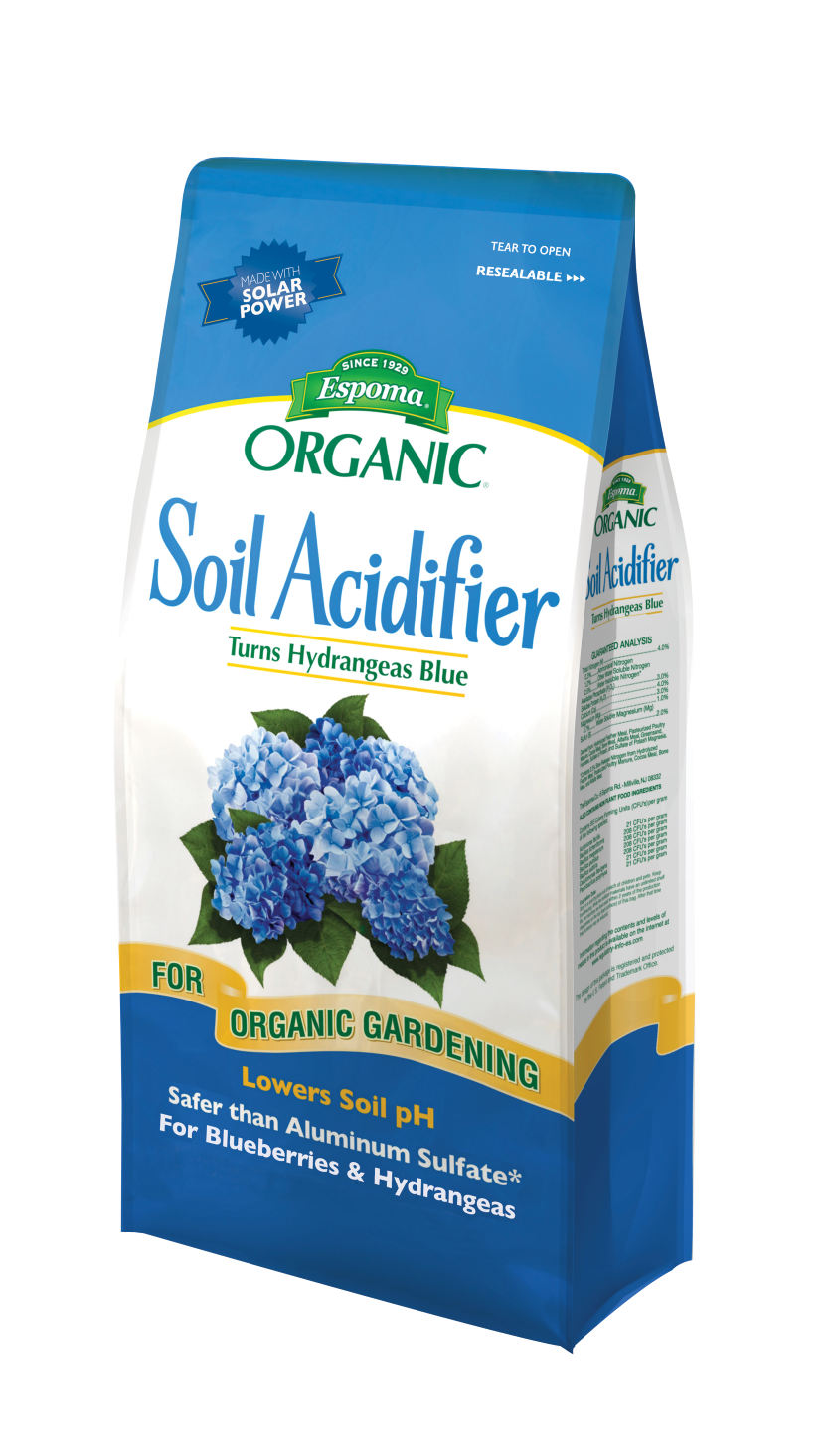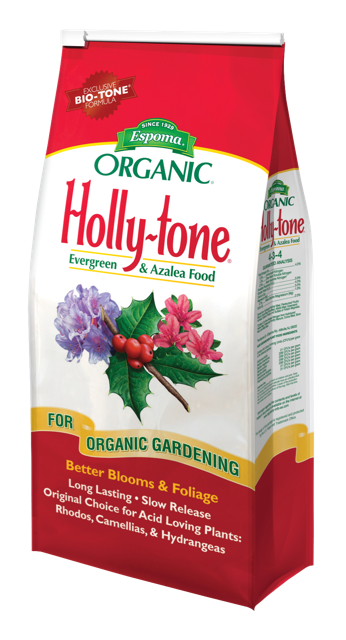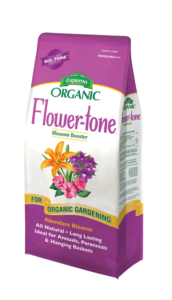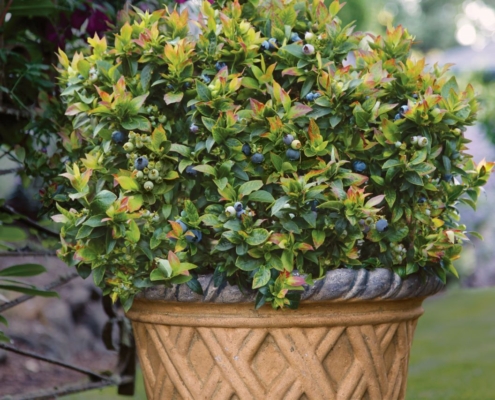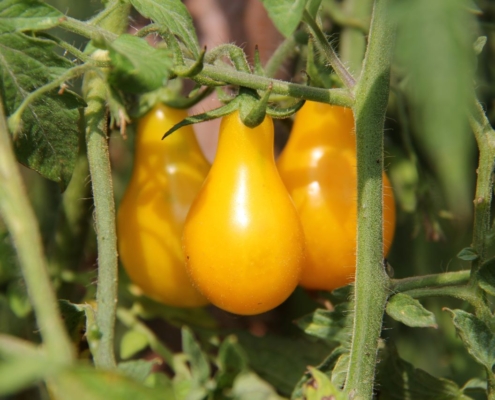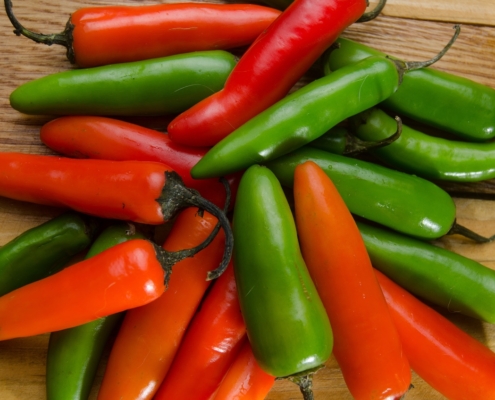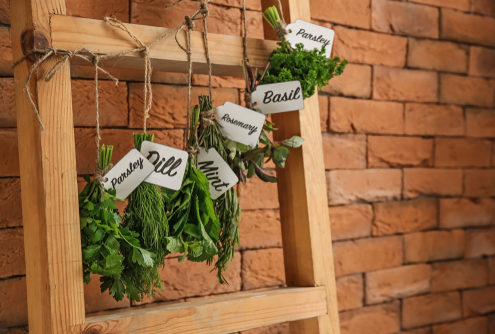Plant America – Red, White and Blue Plants
While getting ready to decorate and hang the flag high for the Fourth of July, think of your garden. Show off your patriotic colors with red, white, and blue plants for your garden or containers.
Don’t worry though, patriotic colors stay in season all year long. Red hues will make your garden look bigger, white plants are perfect for a moon garden and blue plants bring peace of mind for relaxation.
Plants for the Fourth of July
Rocket’s Red Glare – picks for red plants:
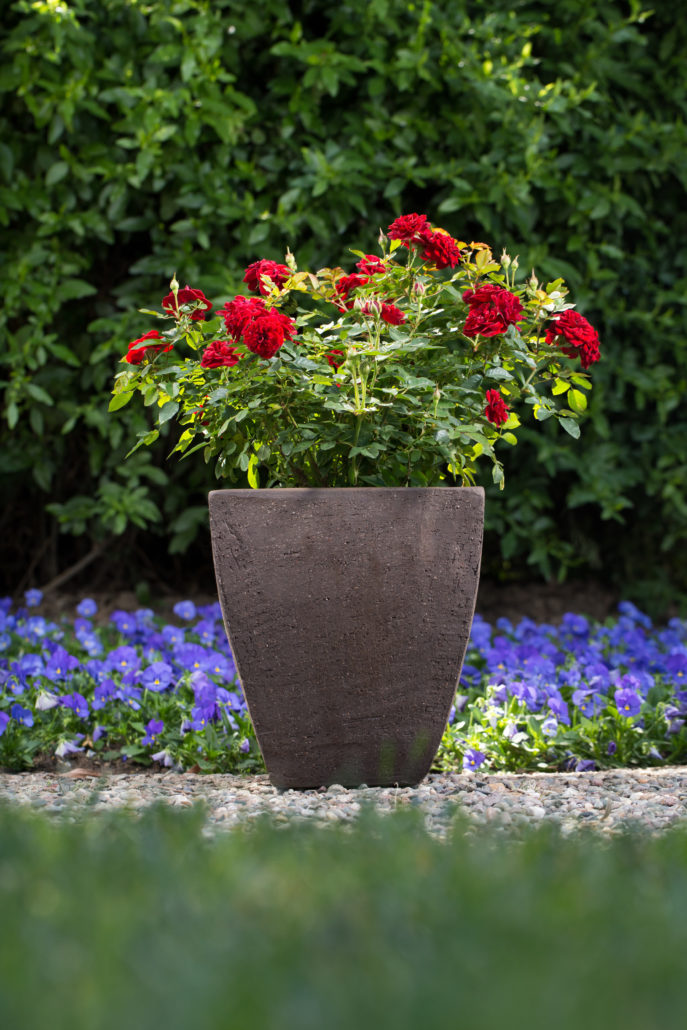
Photo courtesy of Star® Roses and Plants
Red Roses
Red roses are one of the most traditional plants to grow in the garden. They either become the statement plant or are a fine complement to a focal point. You can use roses to cover up an unsightly area or add fragrance. Feed regularly with Rose-tone to ensure bright colors and thriving blooms.

Red Gerbera Daisies
With a bright and cheery demeanor, gerbera daisies have quite a bit of flair. They will have single, double or even multiple petals, which can add some texture and contrast to your garden. They will withstand the summer heat with their sturdy stems and big blooms. Feed regularly with Flower-tone to give their stems a boost.
Broad Strips and Bright Stars- picks for white plants:
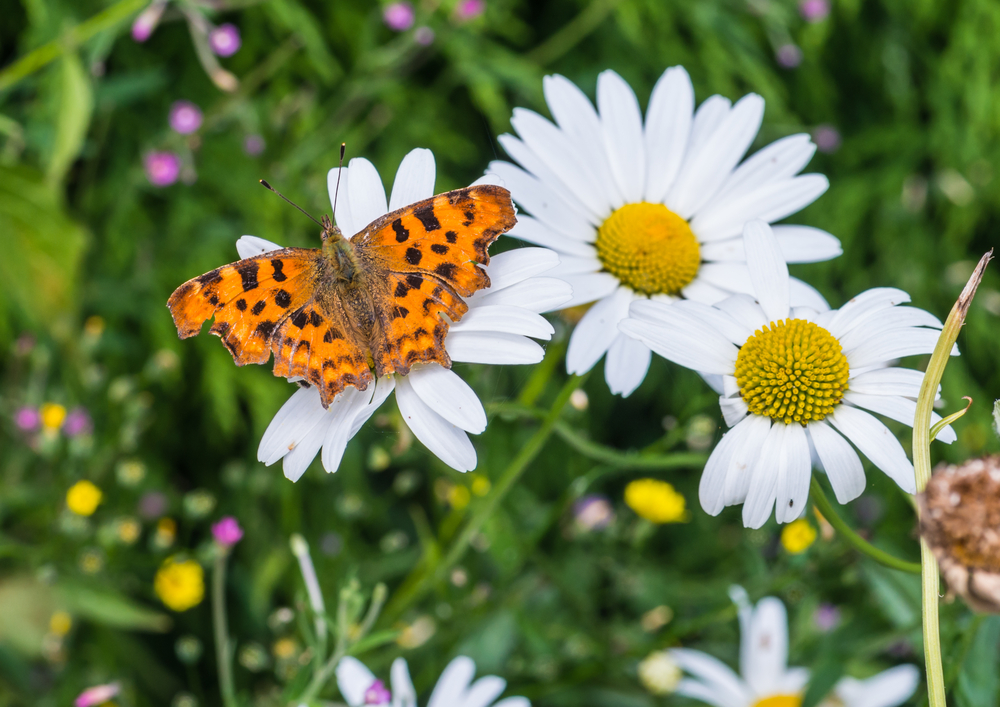
Ox-Eye Daisies
Ox-Eye daisies’ will be in full bloom by the Fourth of July. With their white rays and yellow centers, they will be sure to brighten up a patriotic space. They grow 1-3 feet tall so they will not take up too much space. Feed regularly with Bloom! liquid plant food for vibrant whites and beautiful fragrance.
White Dahlias
With a variety of sizes and varieties, dahlias can add a lot to a garden. As one of the most popular summer flowers, dahlias live up to their reputation. Whether you choose a ball or a collarette, the dahlia will be the talk of the neighborhood. When planting, feed with Bulb-tone for full, bulbs that will last all summer.
Twilight’s Last Gleaming – picks for blue plants
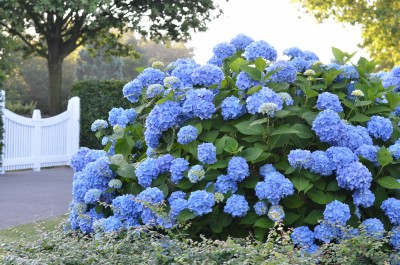
Photo courtesy of Bailey Nurseries
Blue Hydrangeas
Large, beautiful blue hydrangeas are a great addition to your patriotic garden. Their bold blooms make them perfect for freshly cut or dried flowers. Getting off to the right start in the right location is key to keeping your hydrangeas blue. If you are having a little trouble keeping your blooms blue, feed with Holly-tone and amend the soil with Espoma Organic Soil Acidifier to keep the soil acidic.
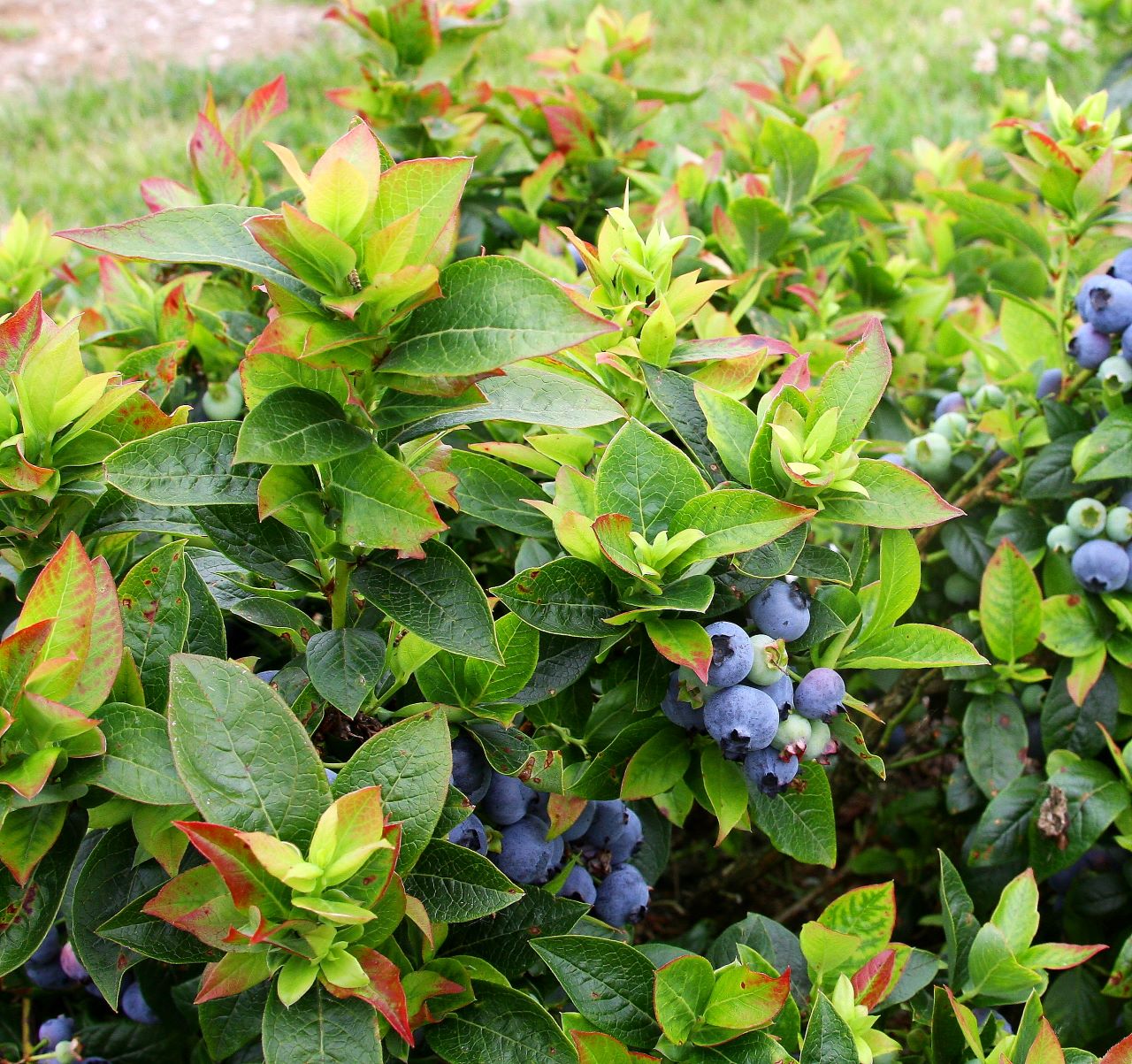
Photo courtesy of Bushel & Berry
Blueberries
A quirky take for your patriotic garden, but perhaps one of the most American fruits, blueberry is another great choice. With their red insides and blue exteriors, they would be perfect with red and white companions. Plus when you are itching for a holiday snack, head right outside and pick one off! Be sure to feed with Holly-tone to give it the nutrients it needs.
We recommend using Espoma Organic Bio-tone Starter Plus at the time of planting to help produce large root systems very quickly. This will help ensure that new plantings get maximum water and nutrients from the soil to minimize transplant loss.
Featured Products:

